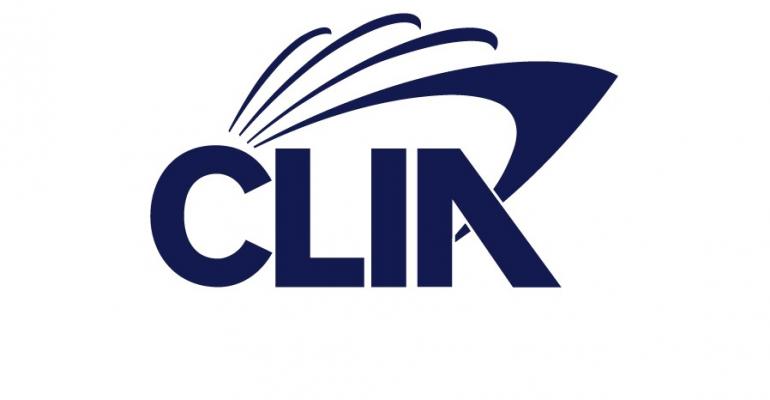This is a $1.5bn increase over the 2019 report findings, noted CLIA.
The Global Cruise Industry Environmental Technologies and Practices Report 2020 found 49% of cruise newbuild capacity will rely on LNG fuel for primary propulsion, a 51% increase in overall capacity compared to 2018.
Exhaust Gas Cleaning Systems
Additionally, 96% of non-LNG new builds will have EGCS (Exhaust Gas Cleaning Systems) installed, an increase in capacity of 21% compared to 2019. More than 69% of global capacity utilizes EGCS to meet or exceed air emissions requirements, representing an increase in capacity of 25% compared to 2018.
‘With over $23bn invested in ships with new technologies and cleaner fuels, such as EGCS and liquified natural gas, I can only imagine what we will accomplish together in the next ten years and beyond,’ said Kelly Craighead, president and CEO of CLIA.
Sustainability
She added, the report, ‘affirms our commitment to environmental sustainability’.
CLIA cruise lines are committed to reducing the rate of carbon emissions by 40% by 2030 compared to 2008.
The 2020 report also highlighted 99% of new ships on order are specified to have advanced wastewater treatment systems (bringing global capacity to 78.5%) and currently 70% of the CLIA oceangoing cruise line fleet capacity is served by advanced wastewater treatment systems (an increase of 5% over 2019).
Shore-side electricity
75% of the newbuild capacity is either committed to be fitted with shore-side electricity systems or will be configured to add shore-side power in the future. 32% of global capacity (up 13% since 2019) are fitted to operate on shore-side electricity in the 14 ports worldwide where that capability is provided in at least one berth in the port.
‘The cruise industry works every day to advance its responsible tourism efforts and recognizes that continued and greater investment in research is critical to identifying and producing new fuels and propulsion systems,’ said Adam Goldstein, Chairman of CLIA Global.
R&D Board
‘This is why CLIA along with other maritime sector partners have proposed to establish and fund a $5bn Research and Development Board dedicated to working collaboratively across the sector to identify the technologies and energy sources that will provide additional opportunities to lessen our environmental footprint and meet the ambitious goals set by the IMO.’
Copyright © 2024. All rights reserved. Seatrade, a trading name of Informa Markets (UK) Limited.
Add Seatrade Cruise News to your Google News feed.  |

